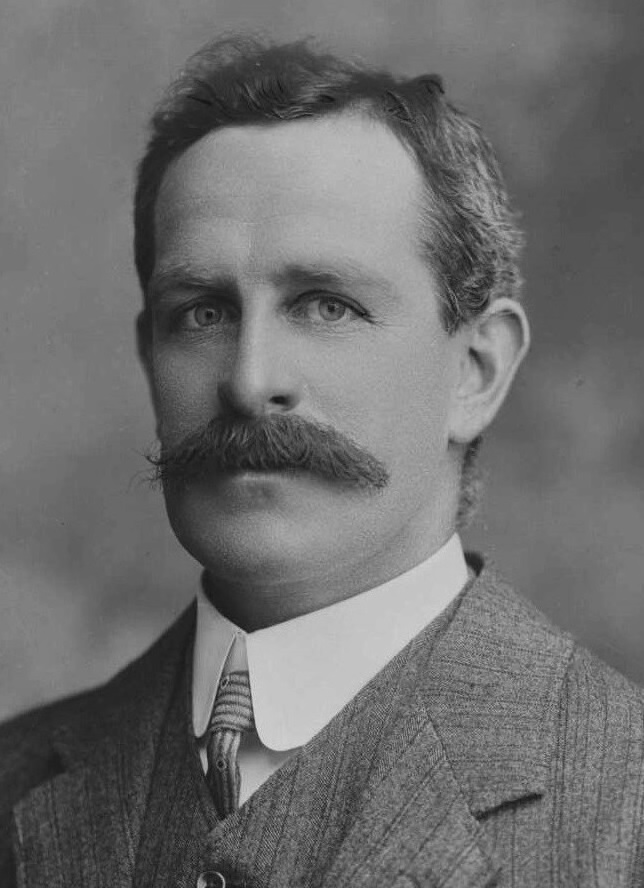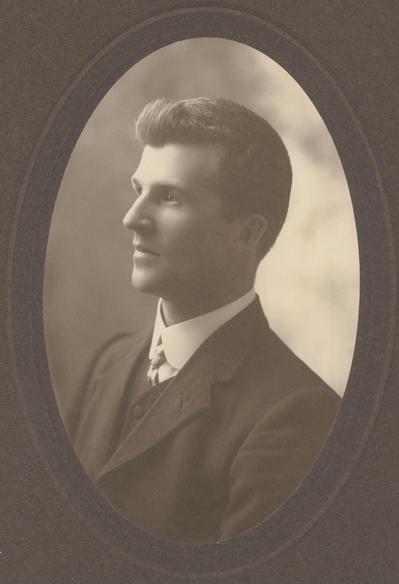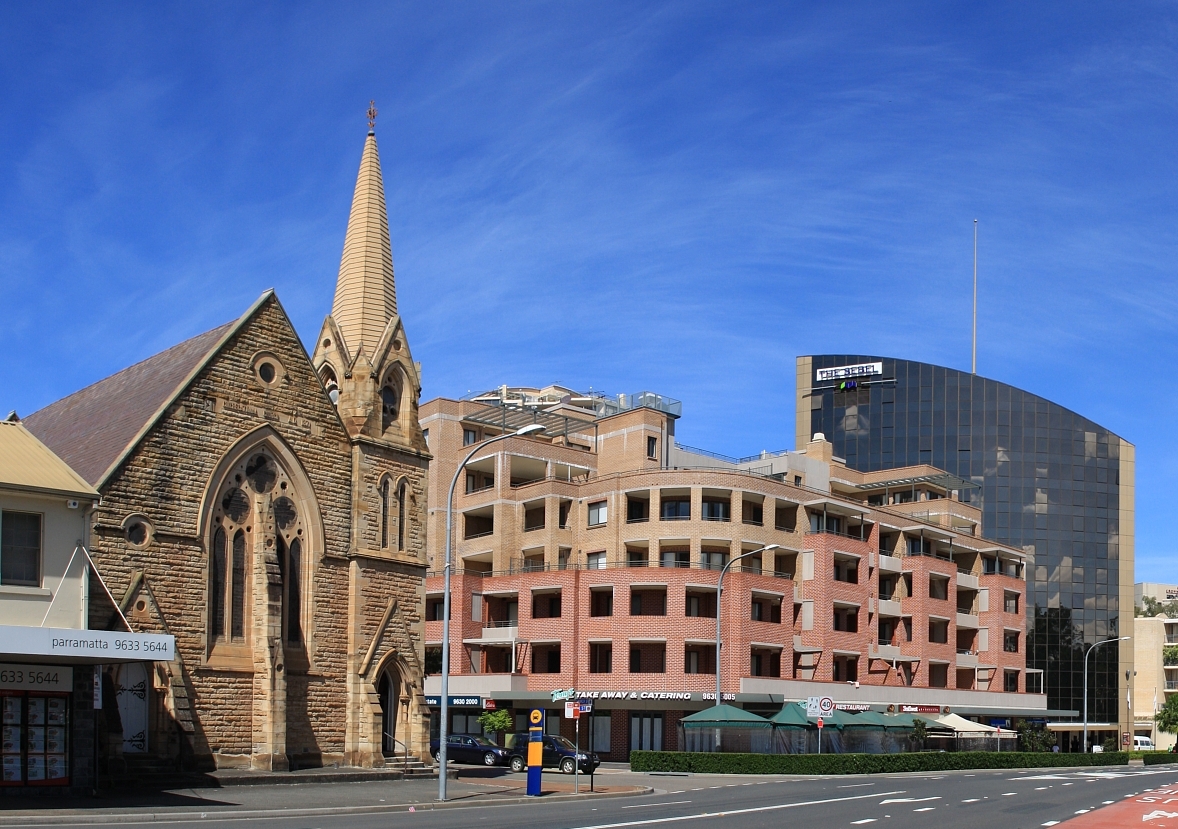|
Candidates Of The 1922 Australian Federal Election
This article provides information on candidates who stood for the 1922 Australian federal election. The election was held on 16 December 1922. By-elections, appointments and defections By-elections and appointments *On 10 July 1920, Charles McGrath ( Labor) was elected to succeed Edwin Kerby ( Nationalist) as the member for Ballaarat, after the latter's election in 1919 was declared void. *On 18 December 1920, George Foley ( Nationalist) was elected to succeed Hugh Mahon ( Labor) as the member for Kalgoorlie following the latter's expulsion from the House. *On 16 February 1921, Edward Vardon ( Nationalist) was appointed as a South Australian Senator to succeed Robert Guthrie ( Nationalist). *On 30 July 1921, James Hunter ( Country) was elected to succeed Jim Page ( Labor) as the member for Maranoa. *On 3 September 1921, William Lambert ( Labor) was elected to succeed T. J. Ryan ( Labor) as the member for West Sydney. *On 10 December 1921, Herbert Pratten ( Nationalis ... [...More Info...] [...Related Items...] OR: [Wikipedia] [Google] [Baidu] |
1922 Australian Federal Election
The 1922 Australian federal election was held in Australia on 16 December 1922. All 75 seats in the House of Representatives, and 19 of the 36 seats in the Senate were up for election. The incumbent Nationalist Party, led by Prime Minister Billy Hughes lost its majority. However, the opposition Labor Party led by Matthew Charlton did not take office as the Nationalists sought a coalition with the fledgling Country Party led by Earle Page. The Country Party made Hughes's resignation the price for joining, and Hughes was replaced as Nationalist leader by Stanley Bruce. Future Prime Minister Frank Forde and future opposition leader John Latham both entered parliament at this election. At this election, Hughes as the sitting prime minister made his second seat transfer, in this case, from Bendigo to North Sydney. Hughes had held Bendigo since transferring there from West Sydney at the 1917 election also as the sitting prime minister. Hughes remains the only sitting Prime Ministe ... [...More Info...] [...Related Items...] OR: [Wikipedia] [Google] [Baidu] |
Division Of Maranoa
The Division of Maranoa is an Australian electoral division in Queensland. Maranoa extends across the Southern Outback and is socially conservative. In the 2016 and 2019 federal elections, Pauline Hanson's One Nation finished ahead of Labor, reaching 20% of the primary vote. Maranoa is a stronghold for the Liberal National Party of Queensland. The current MP is David Littleproud, former Minister of Agriculture and current leader of the National Party. Geography Since 1984, federal electoral division boundaries in Australia have been determined at redistributions by a redistribution committee appointed by the Australian Electoral Commission. Redistributions occur for the boundaries of divisions in a particular state, and they occur every seven years, or sooner if a state's representation entitlement changes or when divisions of a state are malapportioned. History The division was proclaimed in 1900, and was one of the original 65 divisions to be contested at the first ... [...More Info...] [...Related Items...] OR: [Wikipedia] [Google] [Baidu] |
John MacDonald (Australian Politician)
John Valentine (Jack) MacDonald (14 February 1880 – 17 August 1937) was a New Zealand-born Australian politician. MacDonald was born in Opotiki, New Zealand, the son of an Australian volunteer in the New Zealand Wars and veteran of the 1891 Australian shearers' strike. He completed his early education in New Zealand before his family migrated to New South Wales, whereafter he attended state schools. He spent time as a shearer in New South Wales and Victoria before returning to New Zealand and entering the printing trade. He began as a journeyman compositor, but shifted into journalism over time, working for the ''Wairoa Guardian'' and the Napier-based ''The Daily Telegraph'' before rising to become chief compositor and acting editor of the ''Gisborne Herald''. He was also involved in the Typographical Association in its early days and taught shorthand at the Gisborne Technical College in 1903–04. MacDonald later returned to Australia and worked as a journalist at '' T ... [...More Info...] [...Related Items...] OR: [Wikipedia] [Google] [Baidu] |
Division Of Yarra
The Division of Yarra was an Australian electoral division in the state of Victoria. It was located in inner eastern suburban Melbourne, and was named after the Yarra River, which originally formed the eastern border of the Division, and eventually ran through it. It originally covered the suburbs of Abbotsford, Collingwood, Richmond and part of Fitzroy. By the time it was abolished in 1969, it no longer covered Abbotsford or Fitzroy, but included Burnley and Hawthorn. The division was proclaimed in 1900, and was one of the original 65 divisions to be contested at the first federal election. It was abolished at the redistribution of 21 November 1968. For its entire existence, it was a very safe Labor seat. It was held by only four MPs – Frank Tudor, a leader of the Australian Labor Party; James Scullin, the thirteenth Prime Minister of Australia; Stan Keon, an important figure in the Australian Labor Party split of 1955, and Jim Cairns, who would go on to become Deput ... [...More Info...] [...Related Items...] OR: [Wikipedia] [Google] [Baidu] |
Frank Tudor
Francis Gwynne Tudor (29 January 1866 – 10 January 1922) was an Australian politician who served as the leader of the Australian Labor Party from 1916 until his death. He had previously been a government minister under Andrew Fisher and Billy Hughes. Tudor was born in Melbourne to Welsh immigrant parents. He left school at a young age to enter the workforce, serving an apprenticeship in the felt hat industry and later studying his trade for periods in England and the United States. He became involved in trade unionism in England, and after returning to Australia served as president of the Felt Hatters' Union. Tudor was elected president of the Victorian Trades Hall Council in 1900. The following year, he was elected to the new federal parliament as a representative of the Labor Party. He was chosen as the parliamentary party's first whip, and held that position until entering cabinet in 1908. Tudor served as Minister for Trade and Customs from 1908 to 1909, 1910 to 1913, and ... [...More Info...] [...Related Items...] OR: [Wikipedia] [Google] [Baidu] |
1922 Yarra By-election
A by-election was held for the Australian House of Representatives seat of Yarra on 18 February 1922. This was triggered by the death of Labor MP Frank Tudor, the Leader of the Opposition The Leader of the Opposition is a title traditionally held by the leader of the largest political party not in government, typical in countries utilizing the parliamentary system form of government. The leader of the opposition is typically se .... The by-election was won by Labor candidate and future Prime Minister of Australia, Prime Minister James Scullin. Results References {{Aus by-elections 8th parl 1922 elections in Australia Victorian federal by-elections 1920s in Melbourne ... [...More Info...] [...Related Items...] OR: [Wikipedia] [Google] [Baidu] |
James Scullin
James Henry Scullin (18 September 1876 – 28 January 1953) was an Australian Labor Party politician and the ninth Prime Minister of Australia. Scullin led Labor to government at the 1929 Australian federal election. He was the first Catholic, as well as Irish-Australian, to serve as Prime Minister of Australia. The Wall Street Crash of 1929 transpired just two days after his swearing in, which would herald the beginning of the Great Depression in Australia. Scullin's administration would soon be overwhelmed by the economic crisis, with interpersonal and policy disagreements causing a three-way split of his party that would bring down the government in late 1931. Despite his chaotic term of office, Scullin remained a leading figure in the Labor movement throughout his lifetime, and served as an ''éminence grise'' in various capacities for the party until his retirement in 1949. The son of working-class Irish-immigrants, Scullin spent much of his early life as a laborer an ... [...More Info...] [...Related Items...] OR: [Wikipedia] [Google] [Baidu] |
Henry Garling
Henry Chester-Master Garling (7 June 1870 – 19 November 1942) was an Australian politician. Born in Camden, New South Wales, he was educated at state schools before becoming a bank officer. Having studied law, he became a solicitor in 1905. He contested the 1919 federal election as a Nationalist candidate for the Senate A senate is a deliberative assembly, often the upper house or chamber of a bicameral legislature. The name comes from the ancient Roman Senate (Latin: ''Senatus''), so-called as an assembly of the senior (Latin: ''senex'' meaning "the el ..., but was unsuccessful. On 15 December 1921, however, when Nationalist Senator Herbert Pratten resigned to contest a by-election in the House of Representatives, Garling was appointed to replace him. He was defeated, however, at the 1922 election, leaving the Senate immediately so that Allan McDougall could continue the rest of Pratten's term. Garling returned to law, and died in 1942. References Nation ... [...More Info...] [...Related Items...] OR: [Wikipedia] [Google] [Baidu] |
Division Of Parramatta
The Division of Parramatta is an Australian electoral division in the state of New South Wales. The division was created in 1900 and was one of the original 65 divisions contested at the first federal election. It is named for the locality of Parramatta. The name Parramatta has been sourced to an Aboriginal word for the area. The Darug people had lived in the area for many generations, and regarded the area as a food bowl, rich in food from the river and forests. They called the area Baramada or Burramatta ("Parramatta") which means "the place where the eels lie down". The division is based in the western suburbs of Sydney. Besides Parramatta, it includes Camellia, Clyde, Constitution Hill, Dundas Valley, Granville, Harris Park, Holroyd, Mays Hill, North Parramatta, Oatlands, Rosehill, Rydalmere, Telopea, Wentworthville, Westmead; and parts of Carlingford, Dundas, Ermington, Guildford, Merrylands, North Rocks, Northmead, Old Toongabbie, Pendle Hill, South Granv ... [...More Info...] [...Related Items...] OR: [Wikipedia] [Google] [Baidu] |
Joseph Cook
Sir Joseph Cook, (7 December 1860 – 30 July 1947) was an Australian politician who served as the sixth Prime Minister of Australia, in office from 1913 to 1914. He was the leader of the Liberal Party from 1913 to 1917, after earlier serving as the leader of the Anti-Socialist Party from 1908 to 1909. Cook was born in Silverdale, Staffordshire, England, and began working in the local coal mines at the age of nine. He emigrated to Australia in 1885, settling in Lithgow, New South Wales. He continued to work as a miner, becoming involved with the local labour movement as a union official. In 1891, Cook was elected to the New South Wales Legislative Assembly as a representative of the Labor Party, becoming one of its first members of parliament. He was elected party leader in 1893, but the following year left Labor due to a disagreement over party discipline. He was then invited to become a government minister under George Reid, and joined Reid's Free Trade Party. In 1901, C ... [...More Info...] [...Related Items...] OR: [Wikipedia] [Google] [Baidu] |
1921 Parramatta By-election
A by-election was held for the Australian House of Representatives seat of Parramatta on 10 December 1921. This was triggered by the resignation of Nationalist MP, Treasurer and former Prime Minister Sir Joseph Cook to become Australian High Commissioner to the United Kingdom. The by-election was won by Nationalist candidate Herbert Pratten, who resigned from the Senate A senate is a deliberative assembly, often the upper house or chamber of a bicameral legislature. The name comes from the ancient Roman Senate (Latin: ''Senatus''), so-called as an assembly of the senior (Latin: ''senex'' meaning "the el ... to run. Results References {{Aus by-elections 8th parl 1921 elections in Australia New South Wales federal by-elections 1920s in New South Wales ... [...More Info...] [...Related Items...] OR: [Wikipedia] [Google] [Baidu] |
Herbert Pratten
Herbert Edward Pratten (7 May 1865 – 7 May 1928) was an Australian politician. He served as Minister for Health (Australia), Minister for Health (1924–1925) and Minister for Trade (Australia), Minister for Trade and Customs (1924–1928) in the Stanley Bruce, Bruce–Earle Page, Page Government. He became a Australian Senate, Senator for New South Wales in 1917, but resigned in 1921 to seek election to the Australian House of Representatives, House of Representatives where he served until his death in 1928. Early life Pratten was born on 7 May 1865 in Mangotsfield, Gloucestershire, England. He was the son of Ann Rebecca (née Vowles) and Herbert Graham Pratten; his mother died in 1870. Pratten was educated at the Society of Merchant Venturers, Merchant Venturers' Technical College and the Bristol Trade and Mining School. At the age of 15, he joined the iron and steel company John Lysaght and Co., based in Bristol. He was sent to Sydney in 1884 to become a clerk at the firm's ... [...More Info...] [...Related Items...] OR: [Wikipedia] [Google] [Baidu] |
.jpg)

.jpg)



.jpg)